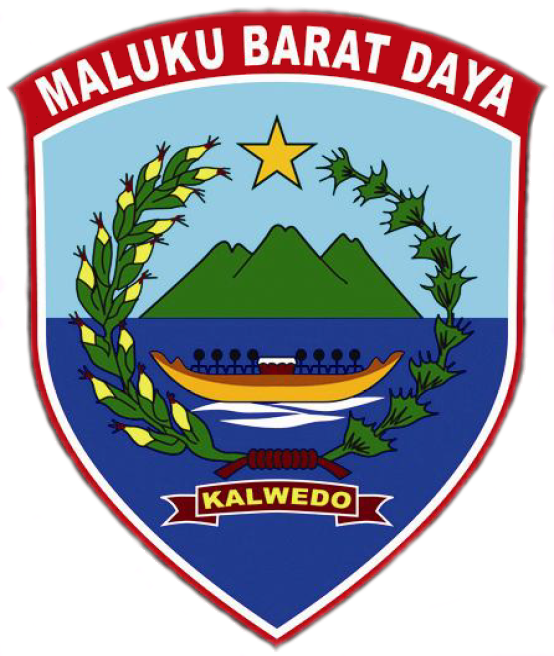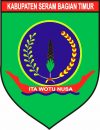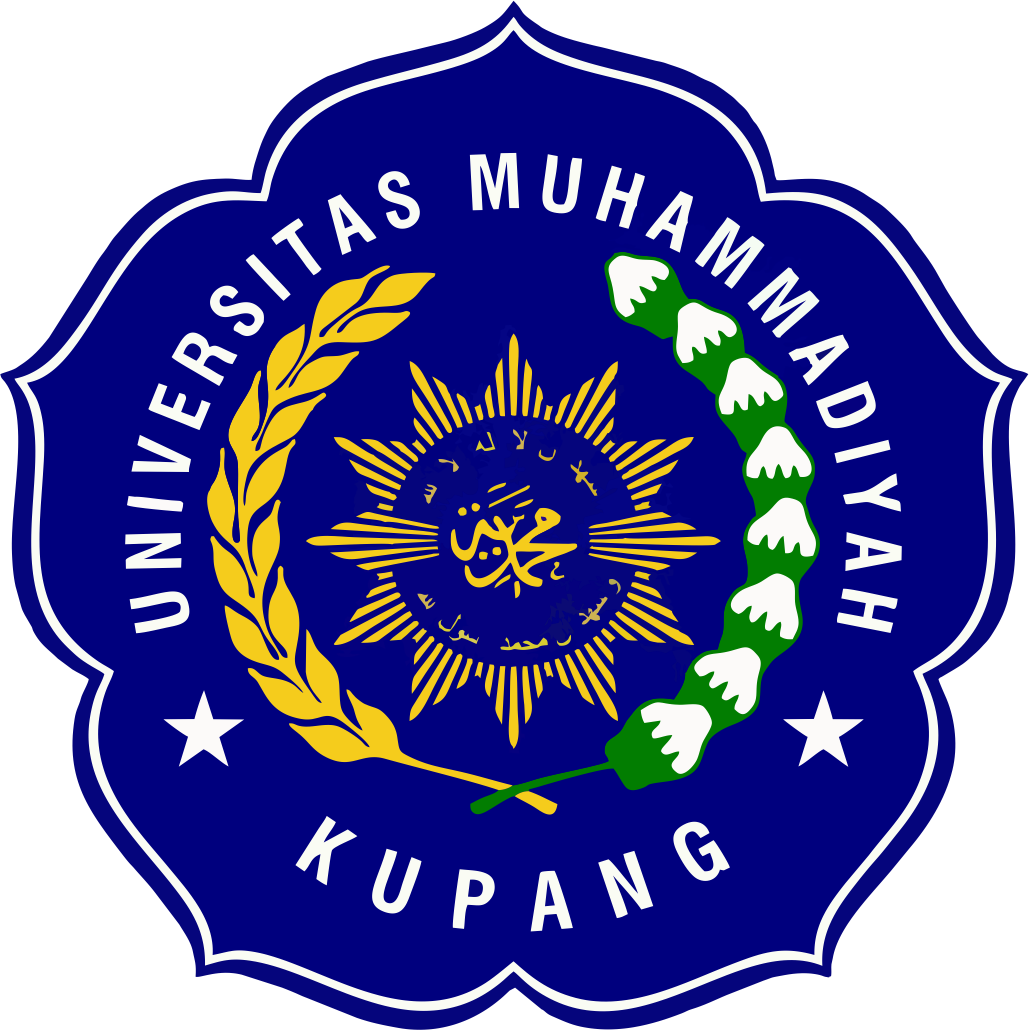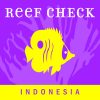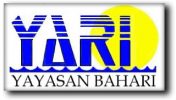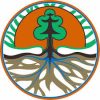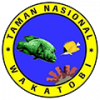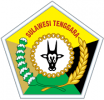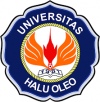Introducing Sunda Banda Seascape
Situated at the center of the Coral Triangle, the Sunda Banda Seascape (SBS) is a geological and geographical area of 151 million hectares that spans across several main islands in Indonesia. From Bali in the West to Nusa Tenggara, and Maluku Tenggara in the East. Then moving to the North, it covers southern and eastern parts of Sulawesi Island.
SBS is strategically located between the Western Pacific and Indian Oceans covering approximately 7,500 islands, supporting an abundance of marine biota within its waters.
SBS consists of 7 provinces in Indonesia, providing source of proteins and livelihoods for more than 16 million people. Its marine resources supports economic value through capture fisheries, aquaculture, transportation, and marine tourism.
Sunda Banda Seascape
Sunda Banda Seascape (SBS) is a geological and geographical area of 151 million hectares that spans across several main islands in Indonesia. From Bali in the West to Nusa Tenggara, and Maluku Tenggara in the East. Then moving to the North, it covers southern and eastern parts of Sulawesi Island.
Threat on Sunda Banda Seascape
Rich in marine and fishery resources, Sunda Banda Seascape is highly vulnerable and its productivity has been decreasing. This situation is caused by a number of reasons, those are IUU Fishing (Illegal, Unreported, and Unregulated Fishing); the increase in waste volume; and climate change. Similar to cases in other parts of the world, many of the fisheries in the SBS have been overexploited, in part because they have been treated as open access resources. In an increasingly uncertain living environment, communities face difficult choices between exploiting their natural environment for short-term personal needs and protecting it for long-term, broader societal needs.
Joint Conservation for Sunda Banda Seascape
Marine conservation initiatives have been implemented by various parties to reduce the impact of habitat destruction, enhance the environmental condition, and change human behavior to ensure resources sustainability.
Status of marine resources, biodiversity, degradation rate, and human activities (both destructive as well as positive conservation efforts), should be periodically monitored to ensure that environmental damage is minimized and resource utilization can be managed properly.
In SBS, Joint conservation efforts involve various and combination of studies, such as policy, monitoring and evaluation, community development, campaign, education and so forth.
Non-governmental organizations (NGOs), academia, and private sector are now actively collaborating and supporting conservation activities to support Indonesian government in achieving environmental conservation targets in the SBS.
Marine Biodiversity Protection
The aim to protect marine biodiversity not only focuses in maintaining biodiversity richness and ecosystem health, but also to conserve and manage critical habitats. Thus, marine biodiversity can be well maintained and support sustainable fisheries.
Marine protected area (MPA) is one of the marine resources management tools used to protect marine biodiversity. MPAs are developed in SBS to conserve critical habitat such as coral reefs, seagrass and mangroves. Currently, 47% coral reefs, 28.6% seagrass beds, and 39.8% mangrove in SBS have been protected within MPAs (Source: SBS Dashboard Report).
Regional single MPAs are advised to connect with each other as an MPA network in order to optimize MPA benefits (Gaines et al., 2010) by considering larva dispersal within the network.
MPAs also manage local and indigenous peoples through the Indigenous and Community Conservation Areas (ICCAs) scheme, a local community-based conservation area management which is based on local wisdom to manage local fisheries by regulating and limiting the utilization of natural resources.
Reducing Ecological Footprint
In utilizing natural resources, people should be able to measure the ecological footprints created by their actions, i.e. the proportion of resource use and the ability of the earth to accommodate waste from human populations. This is important to ensure that the use of natural resources are still within carrying capacity limits.
Reducing our ecological footprint is essential for improving the effectiveness of marine and coastal area management within SBS. Fisheries practices should be carried out responsibly in order to maintain food sustainability and security in national level, as well as enhancement of the marine economy’s value to the country’s foreign exchange and public welfare. Reducing ecological footprint through fisheries practices and business transformation approaches, as well as responsible marine tourism.

